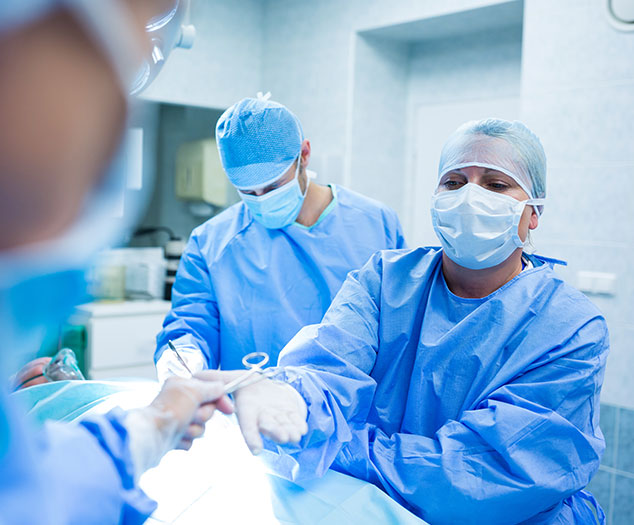What do we mean by Patient Safety?
A fit, young woman is admitted to hospital for a routine minor surgical procedure carried out under a general anaesthetic. Twenty-four hours later she has died as the result of a series of flawed reactions to a perfectly manageable complication. A physically fit and active self-employed builder undergoes removal of a benign swelling on the side of his neck under local anaesthetic. Six months later, as a result of a nerve injury sustained during the operation, he is incapable of work on account of intractable pain and weakness in his shoulder and arm.
Such is the nature of medical catastrophes seen in Coroners’ courts, litigation and the media. Yet in none of these cases did the clinicians involved set out to do harm or behave in a purposefully reckless manner. In fact, they were intending precisely the opposite; they were trying to make their patients better.
Medical intervention always involves a degree of risk. Ensuring that such risk is minimised is a sine qua non for ‘high quality’ care. To emphasise its importance, the concept of ‘Patient Safety’ is widely applied to this aspect of healthcare.

